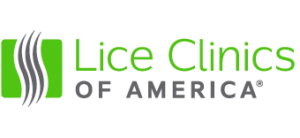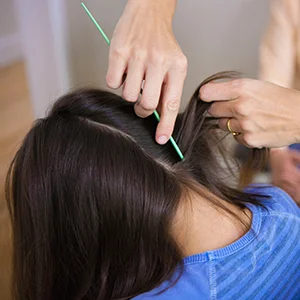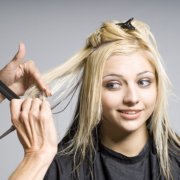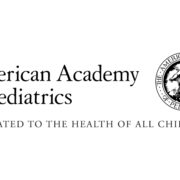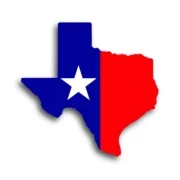How to Check for Head Lice
Head lice can be difficult to diagnose because they are difficult to see. Just because a child scratches his or her head doesn’t mean that head lice are present. An itchy scalp can also be caused by unusually dry skin, or conditions such as dandruff, eczema, or by an allergic reaction to a hair care product.
“Misdiagnosis of head lice infestation is common,” according to the Centers for Disease Control and Prevention. “The diagnosis of head lice infestation is best made by finding a live nymph or adult louse on the scalp or hair of a person.”
One reason head lice can be difficult to find is because they are very small, blend in well with hair, and are usually near the base of hair strands close to the scalp. This can make it especially difficult to identify lice for children with long hair.
It’s important to know how to check for lice and to check frequently, so you are able to act and act quickly before an infestation spreads.
The best way to check for head lice is to wet your child’s hair. Use a bright light to spot the lice and a very fine-toothed comb for lice removal. There are specially designed lice combs available at most drugstores and supermarkets. Part the hair and shine the light near the scalp. Most lice live about a quarter of an inch from the scalp. That’s where the warmth and humidity of the human body is most hospitable. The best place to start is around the ears and the nape of the neck.
If your child has lice, you’ll see small brownish specks about the size of a sesame seed—they will likely be moving. Even if you don’t see lice, run the comb slowly through the hair from the scalp outward. Then dip it in a bowl of water and/or wipe with a white cloth or paper towel. If lice are present, you will see them in the water or on the towel.
Lice eggs, or nits, can be even more difficult to identify. They are even smaller, glued tightly to hair shafts, and are often indistinguishable from hair to the naked eye. It can be helpful to use a magnifying glass to look for small bumps on hair shafts—as if the hair shaft had been tied in a knot. A good louse comb will pull out both lice and nits.
The best way to stay ahead of lice infestations is to check your child regularly. Have a game plan ready if in fact you do find lice. There are new solutions available to treat head lice that are safe, fast, and convenient. Lice Clinics of America offers treatment using an FDA-cleared medical device that is clinically proven to remove live lice and 99.2 percent of eggs in about an hour. The AirAllé medical device dehydrates lice and eggs with carefully controlled warm air. Treatment is delivered by certified technicians that have been carefully trained to remove head lice.
There are more than 170 Lice Clinics of America clinics in the United States, and more than 120 clinics in 33 other countries around the world. For more information or to find a clinic, visit www.liceclinicsofamerica.com.
